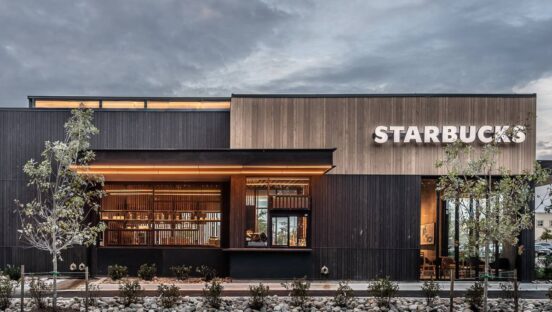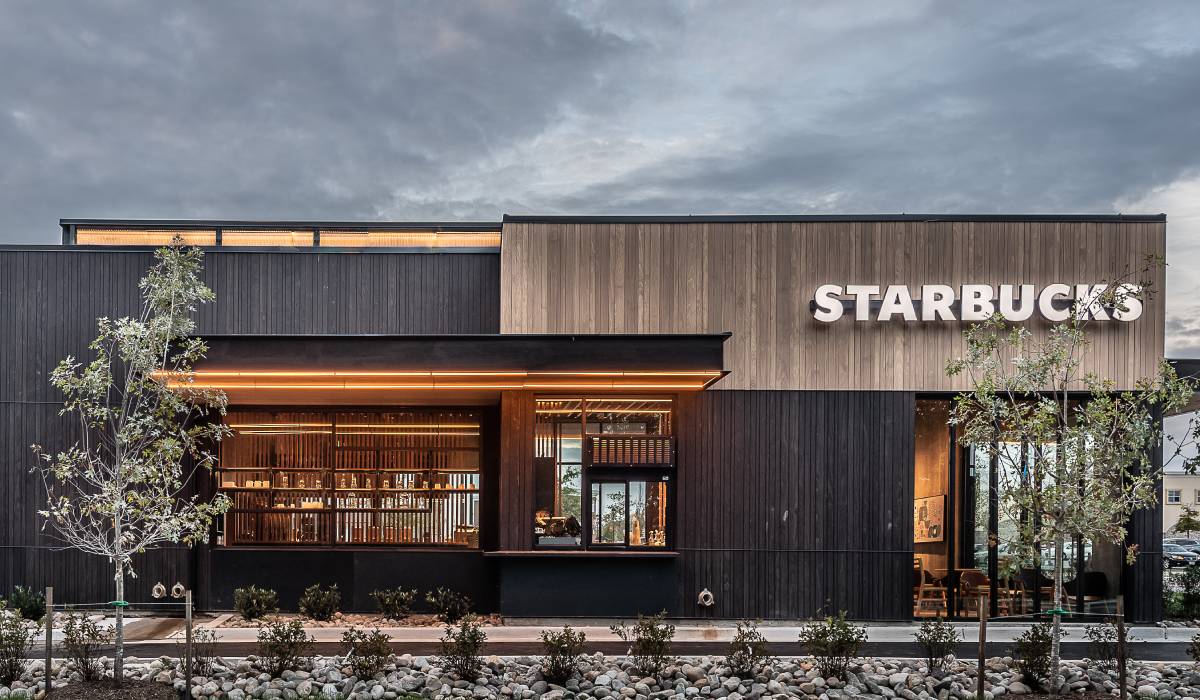Starbucks China CEO Belinda Wong told analysts Tuesday that amid slower ticket growth and a cautious consumer, the company isn’t interested in a “price war” with fellow beverage chains.
Although she didn’t mention it by name, the executive is referring to growing competition from Luckin Coffee, which is now the largest coffee chain in the country. The brand, known for its bigger discounts and offers, had more than 13,000 units as of September 30. That’s after opening 2,400-plus net new locations in a quarter.
Luckin was founded in 2017 but overtook Starbucks—which has been in the country for 25 years—in unit count and sales last year. For reference, Starbucks had 6,975 stores in China by the end of Q1.
“You see mass influx of mass-market competitors focus on fast store expansion and low price tactics to drive trial. This will shake out over time,” Wong said during the company’s Q1 earnings call “And yes, we are operating under an increased promotional environment. We are not interested in entering the price war. We are focusing on capturing high-quality but profitable, sustainable growth. And it is our aim to be the best and lead in the premium market, which Starbucks has pioneered in China 25 years ago. We will continue to focus on premium experience that is high-quality coffee and human connection.”
READ MORE: Starbucks Sees Sluggish Traffic in Wake of Israel and Palestine Boycotts
In the first quarter, Starbucks China saw revenue rise 20 percent, fueled by 15 percent new store growth and a 10 percent rise in same-store sales. Those comps were backed by a 21 percent increase in transactions, mostly due to lapping last year’s COVID struggles.
Average ticket declined 9 percent due to mix shift, including lower sales of higher-priced merchandise and an increased promotional environment. Wong noted that the merchandise category is a small portion of sales mix. She also said Starbucks made promotional investments in personalized offers and rewards to drive trial and frequency. The company used data analytics to design the right offers to certain customer cohorts.
Due to headwinds in Q1, Starbucks China revised its forecast from 4 to 6 percent comps to low single digits for the rest of the year.
CEO Laxam Narasimhan outlined three strategies to help the China business. The first is offering more coffee-forward and locally relevant menu innovation and increasing social media engagement with the help of influencers and partnerships. He noted that these actions have proven powerful in building awareness and frequency. The next point is significant investments in technology and bolstering the brand’s omni-channel capabilities. Narasimhan explained that as stores become more digital, supply chain becomes more efficient, employee experiences are enhanced, and unit economics strengthen. The last part is growing the percentage of new stores opening in lower tier markets and new county cities, where Starbucks is experiencing “meaningfully stronger” new store economics.
“We moved quickly to respond and implement a plan to address these unexpected headwinds,” Narasimhan said. “It will take time for these action plans to be fully realized.”
In Q1, Starbucks China released 12 new coffee-forward drinks, including Intenso, a beverage that’s been popular with Gen Z guests and fueled a morning daypart that’s now larger than pre-COVID levels. Digital channels mixed a record 52 percent, a jump of 4 percentage points from the previous quarter. Starbucks Rewards Gold member frequency increased by almost 10 percent quarter-over-quarter. Overall, loyalty membership accounted for a record 73 percent of sales in the first quarter. Internally, turnover among full-time workers reached an all-time low in the quarter, coupled with record-high satisfaction scores.
The China market opened 169 net new stores and entered 28 new county cities in the quarter. The goal is to reach 9,000 shops by 2025. As of the end of Q1, Starbucks was only in 857 cities out of nearly 3,000 in China.
“We continue to see enormous potential in China’s premium market, and no one is better positioned to lead in this space,” Narasimhan said. “Even as we navigate a dynamic environment, we remain confident in our long-term growth in our international segment.”









